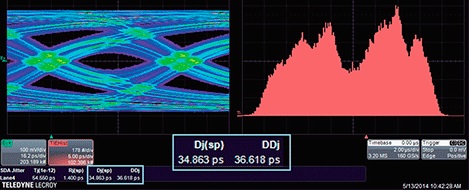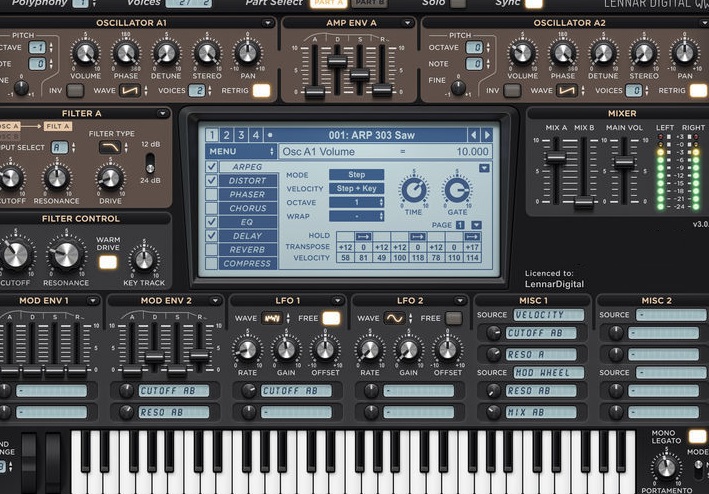In the fast-paced world of industrial engineering, where precision and performance are imperative, jitter emerges as a critical factor. WorldWide WCE, a leader in electronic components, has conducted an in-depth analysis of this phenomenon and its impact on high-performance design. Join us on this technical tour as we explore the relevance of jitter and its precise measurement in crystal oscillators.
What is Jitter?
Jitter, in simple terms, is the temporal variation in the periodic signal. In our context, we are specifically referring to jitter in crystal oscillators. These oscillators are the backbone of critical systems, from communication networks to high-precision medical equipment. Their stability and precision are critical for fault-free operation.

Accurate Jitter Measurement
WorldWide WCE has determined that to accurately measure crystal oscillator jitter, especially when in the range of 1 picosecond or less, the only method currently available is to measure phase noise and calculate RMS jitter. How is this accomplished?
- Two-Source Method: When measuring phase noise of crystal oscillators, we employ the two-source method. This results in a single sideband measurement of the phase over a 1 Hz bandwidth, spanning a specified range of frequencies offset from the carrier. The single sideband phase noise result is integrated over a specified frequency range, typically 10 Hz to 1 MHz or 12 kHz to 20 MHz, depending on the application. For SONET applications, the required bandwidth is 12 kHz to 20 MHz.
- RMS Jitter Conversion: The integrated phase noise in the frequency domain, expressed in dBc/Hz, is converted to RMS jitter in picoseconds. This conversion is essential to understand the temporal stability of oscillators.
WorldWide WCE Non-PLL Oscillators
Our oscillators do not use phase shift loops (PLL), resulting in a random jitter distribution with a Gaussian shape. This means that there is no deterministic jitter when powered by a low noise power supply. The lack of discrete and multi-mode spurious distribution is a significant advantage in critical applications.
A PLL is a control system that generates an electrical signal whose phase is related to the phase of an input signal. It basically consists of a variable frequency oscillator and a phase detector in a feedback loop. The oscillator generates a periodic signal, and the phase detector compares the phase of that signal to the phase of the input periodic signal, adjusting the oscillator to keep the phases the same. This involves maintaining identical input and output frequencies. PLLs are widely used in telecommunications, computing, and other electronic applications.
In contrast, non-PLL oscillators do not use this control system. Some examples of electronic equipment that can use non-PLL oscillators include:
- RC (Resistance-Capacitance) Oscillators: These oscillators use frequency-selective external networks and amplifiers using RC elements (resistors and capacitors). They typically operate in frequency bands ranging from hundreds of hertz to megahertz.
- Digital frequency synthesizers without PLL: These devices generate frequency signals using digital techniques, but do not use a phase-locked loop. If they are asked to use a frequency outside their operating range, they will not lock correctly.
In short, Non-PLL oscillators are an alternative to PLLs and are used in various electronic devices depending on their design requirements and specific applications. If you have any further questions or need more details, please feel free to ask.

High Quality Crystals
The crystals used in WorldWide WCE oscillators possess an extremely high Q value. The loaded Q of the oscillator resonator loop ranges from 10,000 to over 100,000. When the oscillator stage generates the signal, the frequency can reside anywhere within this range, ensuring exceptional accuracy.
In short, jitter is more than just a temporal fluctuation; it is the key to optimal performance in highly complex industrial systems. WorldWide WCE continues to lead the way in finding solutions that drive technical excellence and reliability in every application. Stay tuned for more advancements in the exciting world of jitter!

Peak to Peak Jitter